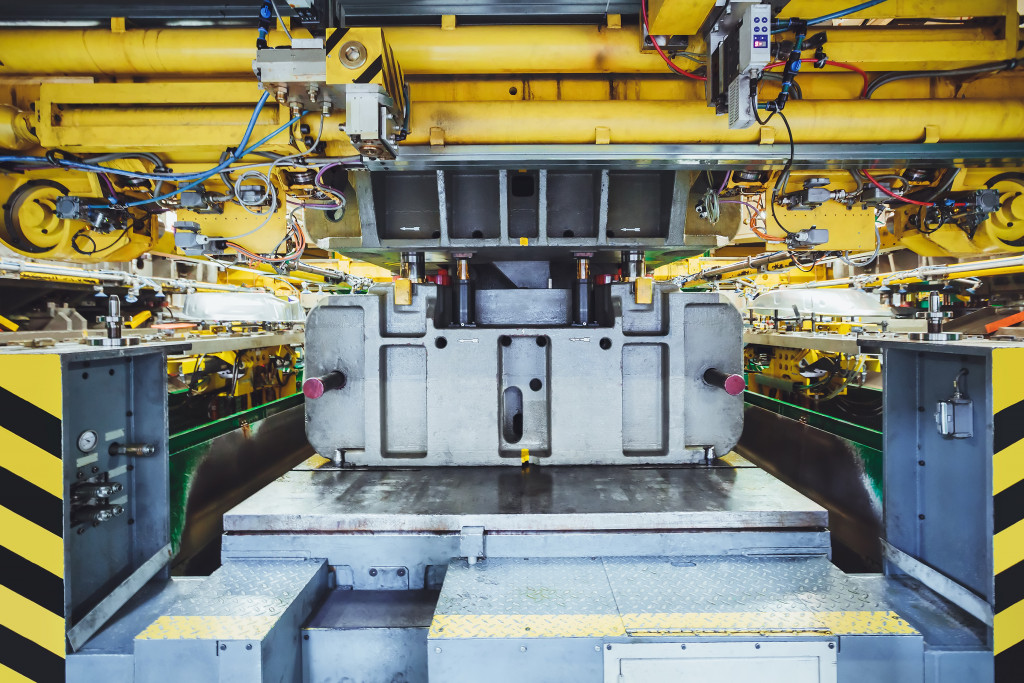In a world where technology is constantly advancing, many businesses are turning to automation to reduce costs and improve efficiency. Automation involves using machines or computer programs to do tasks that humans would typically do.
This concept is nothing new; in fact, businesses introduced automation to manufacturing through punch cards.
As technology continues to advance and businesses become smarter with their investments, people can expect more automation. It will increase the number of companies that require software and different types of machinery. The software allows for machines to be programmed and change what they do based on a human’s actions other machines.
Savings from overhead costs
There are many ways that businesses can save money through automation. Automating tasks such as accounting, customer service, and manufacturing can significantly decrease overhead costs. Overhead costs are not directly related to the production of a good or service. These costs can include rent, utilities, insurance, and wages for employees who are not involved in production.
Suppose a business is looking to reduce its overhead costs. In that case, one of the best ways to do so is by automating various tasks. For example, by automating accounting and customer service tasks, businesses can reduce employees’ amount of time spent on these activities. This allows employees to be more productive and focused on tasks that directly contribute to the company’s mission.
The business can also reduce its overhead costs by automating its teams’ tasks in-house, such as manufacturing or production, instead of outsourcing these services. For example, car manufacturers like Ford and Tesla produce automobiles using robots. These robots work on an assembly line, keeping their costs low while saving time and improving productivity.
Savings from labor costs
In some cases, businesses may even be able to reduce the number of employees they have, leading to a decrease in labor costs. Companies that use machines to do specific tasks can have fewer employees than they otherwise will have to pay employees to perform menial tasks.
In addition, businesses that automate their operations tend to be more efficient and productive. Unlike humans, machines do not get tired or require lunch breaks. This means these machines can work continuously and independently (or with minimal interference) for long periods. This leads to less downtime and idle machinery, which can also help a business save money.
Savings from material costs
Automation can also help businesses save money on material costs. There is less waste when companies use machines to complete tasks that humans typically do. For example, suppose a business used a device to cut fabric instead of having a human do it. In that case, the machine can cut the fabric more accurately and with little waste.
This is because machines are not limited by the same constraints as humans and are less likely to make mistakes. They can approximate orders for industrial piping from suppliers based on needs and use every bit of the material efficiently. Machines help businesses reduce the need to order materials in bulk or waste time because of shortages.
Ways to get started with automation in your business

Suppose you’re a business owner and are looking to begin automating your operations. There are a few things you can do to get started.
The first step is to identify the tasks within your business that you can automate. Once you have identified these tasks, you can research how best to automate them. That way, you don’t expend precious human resources on menial tasks that you can automate anyway.
There are several different automation tools and software available on the market, so it’s important to find one that fits the needs of your business. You also need to make sure that the people who will be using the automation software are familiar with how it works and can use it effectively.
Once you have implemented the automation software, it’s crucial to continuously monitor its performance and ensure it is running as efficiently and effectively as possible. One of the best ways to do this is by utilizing analytics tools to monitor your business’s performance and provide you with reports about what is going on behind the scenes.
Automation can help businesses save time, money, and talent in several ways. In addition, companies that automate their operations tend to be more efficient and productive than those that don’t. Automation, at this point, is no longer a possibility but a necessity in almost any industry. Businesses that refuse to automate risk becoming obsolete and risk losing business to their competitors.

